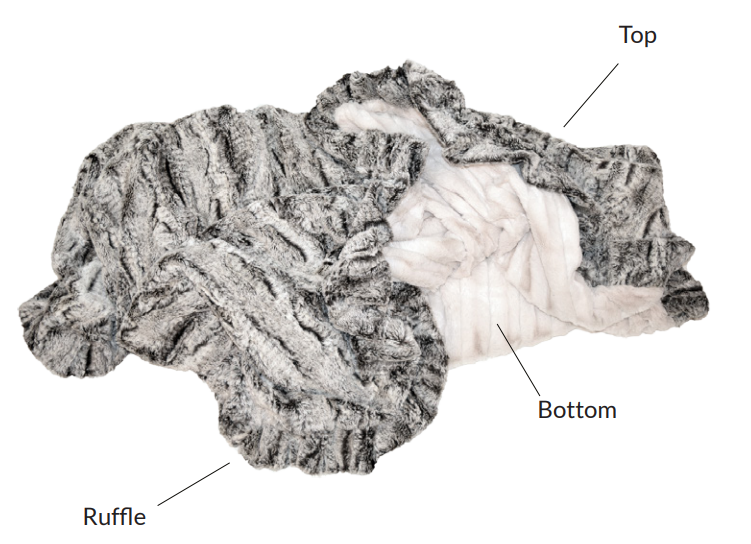How cats can help explain Darwin’s Theory of Evolution
Darwin’s theory of evolution explains how organisms evolve-- from simple and unsophisticated, to more elaborate and robust beings. This theory essentially centers on adaptiveness from a genetic perspective. It is the most widely accepted interpretation for the genesis of our species and provides interesting arguments for why living creatures do what they do. While humans pose a more complicated case of evolution, as their behavior results from innumerable influences (physical environment, culture, personality, etc.), cats offer a clearer window into evolutionary theory. Their behavior is in fact closely related to ensuring survival, making them adaptive to different environments and events. The purring, scratching and snuggling can all be interpreted from an evolutionary standpoint.
1. Fight or flight
This species agnostic response is arguably the most known example of evolutionary reactions. In the face of danger, an animal can fight the threat or avoid it altogether. When cats decide to fight, they also want to seem imposing and bigger than their opponent. They arch their back and puff up their tail to seem bigger, as size can connote power and threat.
2. Community
Studies show that happy cats tend to seek out other cats, illustrating a potential relation between community and emotional health. Community is an important theme in evolutionary theory, as groups tend to ensure the survival of their own. Groups help provide and protect their constituents and are therefore said to be an evolutionary byproduct.
3. Visual Reflexes
Reflexes are automatic reactions to certain events. For example, cats’ eyes dilate when they see food. This reaction enhances their visual perspective, which proves useful in predatory settings. While the reflex may also happen in domestic environments, in natural settings enhanced vision helps with catching prey.
4.Communication
Purring is a cat’s way of expressing contentment but it can also signal pain and hunger. Their voices can thus signal to their owner that they are in danger, which grants a better chance at survival. Purrs are in fact fine-tuned, such that cats emit high pitch sounds that are difficult for their owners to ignore in critical situations. More importantly, the sound frequency of purring can have healing effects on the cat, making it an inherently adaptive reaction to danger. Purring releases endorphins while also stimulating healing.
Cat behavior can therefore offer a broad illustration of Darwin's theory. While the examples above do not negate the complexity of the animal, they still showcase evolutionary drives more readily than human behavior. Cats' responses to danger, sense of community, visual reflexes and communication tactics are all adaptive, ensuring their survival and thriving.
Article written by Melissa Beaulieu.


